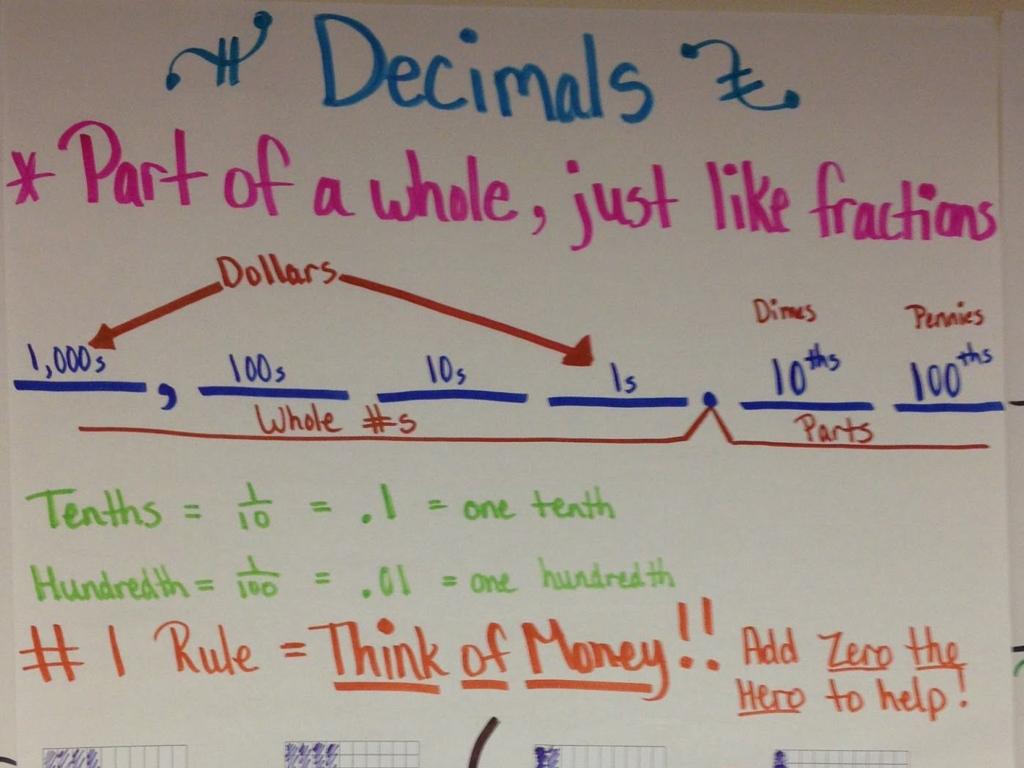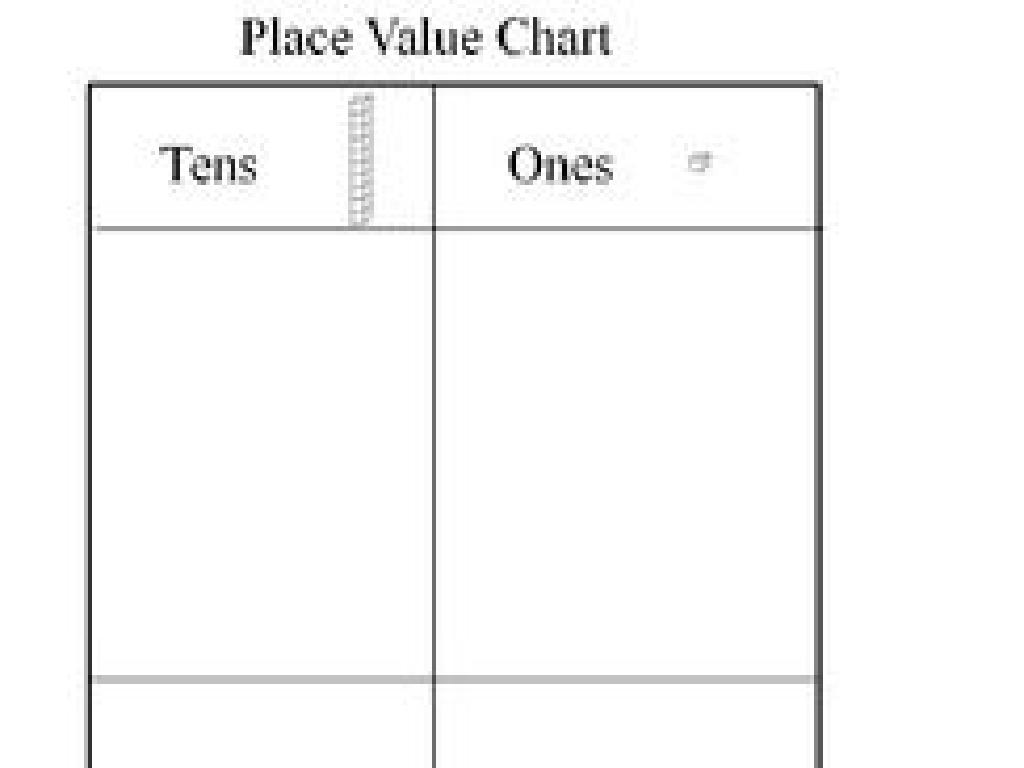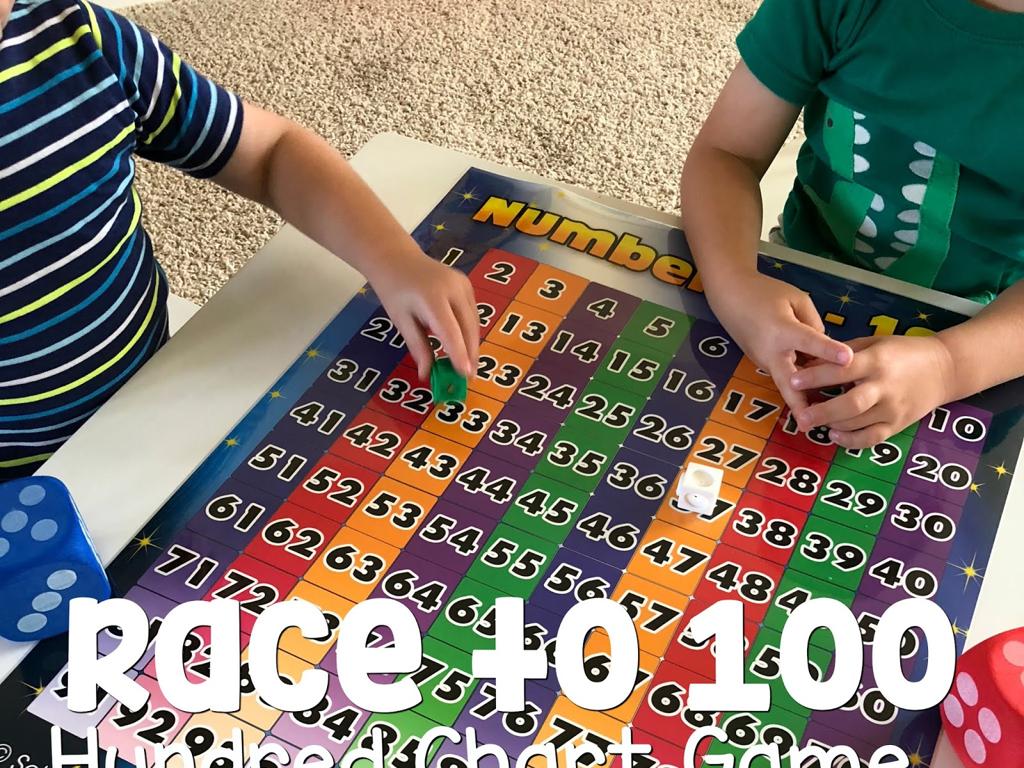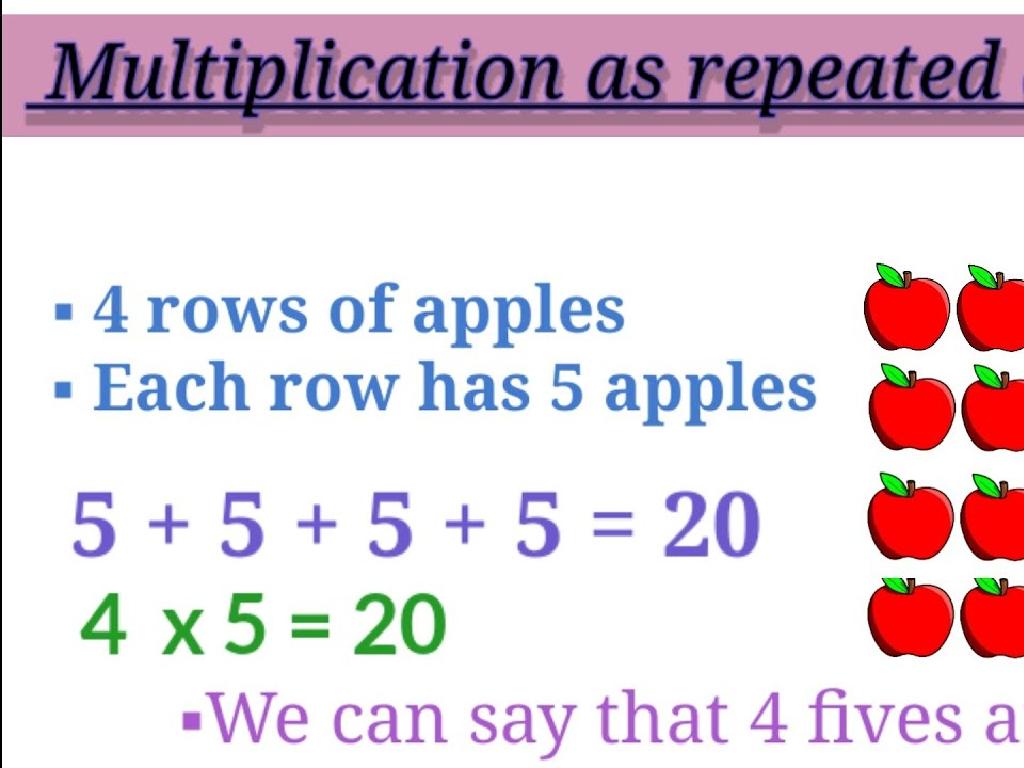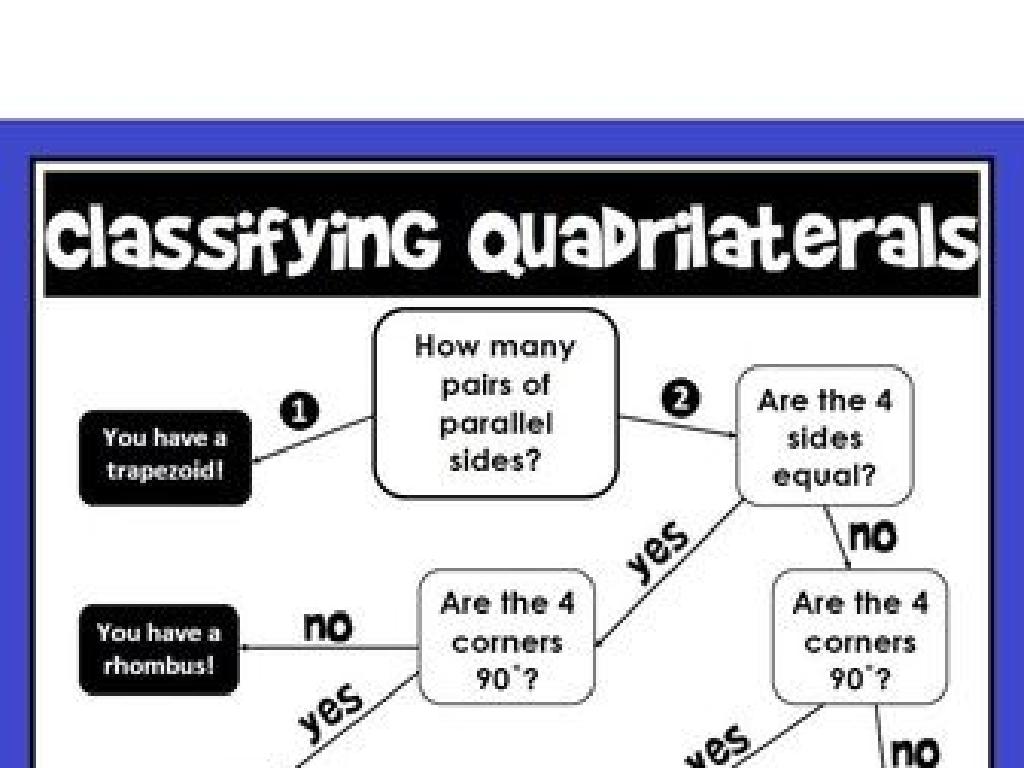Divide Money Amounts
Subject: Math
Grade: Fifth grade
Topic: Money
Please LOG IN to download the presentation. Access is available to registered users only.
View More Content
Introduction to Money Division
– Understanding the value of money
– Money is used to buy goods and services.
– Reviewing multiplication and division
– Multiplication helps us combine amounts; division helps us split them.
– Learning to divide money amounts
– How to evenly distribute money, like $10 between 2 people.
– Applying division in real-life scenarios
– Splitting a bill or sharing costs with friends.
|
Begin the lesson by discussing the concept of money and its role in everyday transactions. Emphasize the importance of understanding money to make informed financial decisions. Quickly review the basics of multiplication and division to ensure students are prepared for the day’s lesson. The primary objective is to teach students how to divide money amounts, which is a practical skill they will use throughout their lives. Use relatable examples such as dividing a bill among friends or splitting money into equal parts to illustrate the concept. Encourage students to think of other situations where they might need to divide money and share their ideas with the class.
Understanding Division with Money
– Division: Sharing money equally
– Division means splitting an amount into equal parts.
– Learn division vocabulary
– Dividend is what you divide. Divisor is how many parts. Quotient is the result.
– Real-life example: Splitting money
– If you have $20 to split between 4 friends, how much does each get?
– Practice with class activity
|
This slide introduces the concept of division as it relates to money, a practical skill for fifth graders. Start by explaining division as the process of sharing equally among a number of parts. Introduce key vocabulary terms: dividend (the amount you want to divide), divisor (the number of parts you are dividing into), and quotient (the result of division). Use a relatable example, such as dividing money among friends, to illustrate the concept. Finally, set up a class activity where students practice dividing different amounts of money among various numbers of people to reinforce the lesson and build real-world math skills.
Dividing Whole Dollar Amounts
– Steps to divide dollar amounts
– Divide total amount by number of people
– Example: $20 between 4 people
– Each person gets $5 ($20 / 4)
– Practice: $50 between 5 people
– How much does each person get? ($50 / 5)
|
This slide introduces students to the concept of dividing whole dollar amounts equally. Start by explaining the steps: determine the total amount of money to be divided and the number of people sharing the amount. Then, divide the total amount by the number of people. Use the example of dividing $20 between 4 people to illustrate the process, where each person would receive $5. Next, present the practice problem of dividing $50 between 5 people and ask students to calculate the amount each person would get. Encourage students to think about division as sharing equally and relate it to real-life situations like splitting a bill or sharing expenses. Provide additional practice problems for students to solve independently or in groups.
Dividing Dollars and Cents
– How to divide money
– Use long division for dollars and cents
– Example: $10.75 ÷ 3
– $10.75 divided by 3 equals $3.58 with a remainder
– Practice: $23.50 ÷ 5
– Try dividing $23.50 by 5 on your own
|
This slide introduces students to the concept of dividing money, which includes both dollars and cents. Start by explaining the process of long division and how it applies to money. Use the example of $10.75 divided by 3 to show students step-by-step how to divide money and deal with remainders. For the practice problem, encourage students to apply the same method to divide $23.50 by 5. This exercise will help them understand how to evenly distribute money in real-life situations, such as sharing costs or splitting a bill. Provide additional practice problems of varying difficulty for students to solve independently or in groups.
Rounding After Division
– Importance of rounding in money
– Ensures accurate financial transactions
– Rounding to the nearest cent
– If the third decimal is 5 or more, round up
– Practice: Round the quotient
– Example: $10 ÷ 3 = $3.333, rounded to $3.33
|
This slide emphasizes the significance of rounding when dealing with money, as it ensures precision in financial transactions. Students should understand that money is typically rounded to the nearest cent because this is the smallest unit of currency in use. The process involves looking at the third decimal place and rounding up if it’s 5 or more. For the practice problem, present the division of $10 by 3, which results in $3.333. Guide the students to round this to $3.33, reinforcing the concept. Encourage students to solve similar problems and understand that rounding is a necessary skill in everyday financial activities.
Dividing Money in Real Life
– Apply division to real-world scenarios
– Example: Split a restaurant bill
– If a $60 bill is shared by 4 friends, how much does each pay?
– Practice: Budget for supplies
– You have $30 to spend on school supplies. If one item costs $3, how many can you buy?
– Understand division’s practical use
|
This slide aims to help students apply division to everyday situations involving money. Start by discussing how division is used in real life, such as splitting bills or budgeting for expenses. Provide an example of dividing a restaurant bill among friends to make it relatable. Then, present a practice problem where students must figure out how many items they can buy with a given budget, reinforcing the concept of division. Encourage students to think of other scenarios where they might need to divide money. This will help them see the value of math in their daily lives and build their problem-solving skills.
Class Activity: Divide the Loot!
– Play ‘Divide the Loot’ game
– Divide play money among groups
– Each group gets equal amount
– Learn to divide money practically
|
This interactive class activity is designed to help students understand the concept of dividing money by engaging them in a game called ‘Divide the Loot’. Provide each group with an assortment of play money and instruct them to divide it equally among their members. This exercise will give students a practical experience of division and enhance their understanding of how money can be shared fairly. For the activity, consider different scenarios such as varying group sizes or different total amounts to challenge the students. Possible variations of the game could include dividing money for a specific number of items, dividing money with different denominations, or even introducing taxes or fees to teach more complex division.
Wrapping Up: Division of Money
– Review of money division concepts
– Homework: Division worksheet
Solve problems dividing different money amounts.
– Next lesson: Division in budgeting
We’ll learn to apply division in real-life budgeting scenarios.
– Practice makes perfect!
|
As we conclude today’s lesson on dividing money amounts, ensure that students have grasped the key concepts and techniques. For homework, they should complete the provided division worksheet, which includes a variety of problems to reinforce their skills. Looking ahead, our next class will focus on using division within the context of budgeting, an essential life skill. This will help students understand the practical applications of division in managing finances. Encourage students to practice diligently, as mastery comes with consistent effort. The worksheet should be designed to cater to different levels of understanding, ensuring that all students are both challenged and able to complete the tasks.

